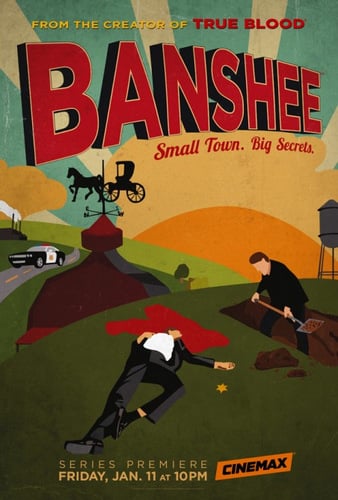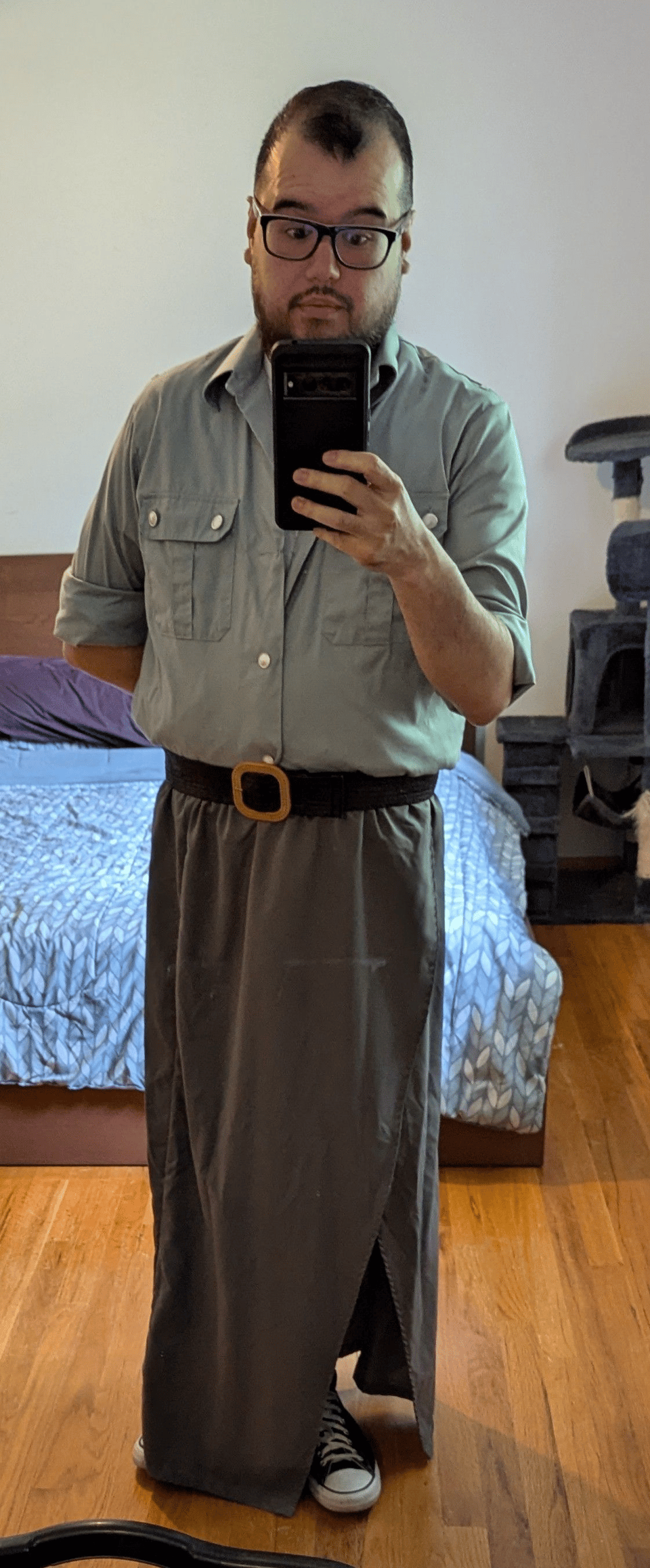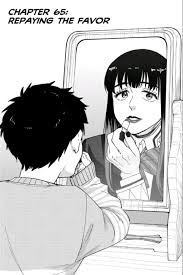Matching Mixed Media - How Banshee and Windbreaker Approach Ultraviolence and the Construct of Gender

Happy Pride Month! We’re gonna go to a really weird place with this entry of Matching Mixed Media.
“I am not a violent person.”
But this does not mean I do not appreciate violence.
One of my best friends back in 2014 was a guy by the name of Elliot. By most measures, Elliot and I should have not been quite as compatible as we were given that he was a stoner coder with an incredible chill outlook on life and I was an anxious lapsing Catholic with pent up anxiety, but as it turns out temperament is a much more important factor when it comes to friendship than I expected. I suppose it helped we brought a fairly methodological approach to life. A measured reasoning, a step by step cadence, the type of fundamentalism that makes for a good bond.
I suppose it also helped that we had a shared interest in mixed martial arts. So every UFC for a few years, I’d go over to his place and watch the title fights and before then we watched Cinemax’s Banshee.

Banshee was the first series of one Jonathan Tropper (who would later go on to create Warrior, another one of my favorite shows ever). The premise of Banshee is that a criminal ends up in the small titular town, ends up killing the soon-to-be sheriff and assuming their identity and over the course of four seasons, dispenses justice, does crime, and tries to connect with a former lover and a daughter he didn’t know he had. As it turns out, this random Pennslyvanian town was a hot bed for a wide variety of criminal activity and was probably a little volatile before the ex-military thief got a badge and a run.
This was where I was introduced Anthony Starr who would later go on to headline The Boys and also Hoon Lee. Hoon Lee played Job. Job was my favorite character on the show. At the time, I thought it was because he was the primary source of Asian representation on the show. In retrospect, it was because he was the primary source of Asian representation on the show and the primary source of queer representation on the show, as Job was a cross-dress, expert hacker, and hair stylist who saved the day more times than I care to count.
And make no mistake, Job was not a behind the scenes type of character. That’s where he thrived, but man could use a gun like the best of them.
Banshee is an inherently violent show, but at least from the perspective of the protagonists, violence is a means of protection. Violence is a last resort and a choice. Violence is something everyone is capable of. The fake sheriff, actual law enforcement, a desperate mom, a ex-Amish crime lord, his right-hand, and the cross dresser that once again makes it very clear that looking back I was always non-binary.

I am not a violent person.
I have formative memory of punching a friend in the face when I was in grade school because I lost control of my anger. I have memories of getting my black belt over the course of several years and also remember trading that for a theater kid status. And I have memories of senior year in undergrad realizing that anger wasn’t going to be useful, and there were other ways I could use my hands to help.
But that doesn’t mean I don’t appreciate violence.
“Is it worth fighting for it?”
Windbreaker is an ongoing 2021 manga and 2024 anime that I started watching last year on a whim. I am a fan of the classic shonen anime where a rough around the edges protagonist moves to a new town aiming to the best and ends up learning about friendship. After an incredible first season, I immediately started reading the manga where I got to meet Tsubakino, who is an explicitly queer coded characters who introductory arc explained how he always loved make up but never felt comfortable with it until meeting a nice older couple who accepted him as he was, and this gave him a sense of self and purpose that he was willing to fight for.
Now Windbreaker, much like Banshee is a show about violence and community. The name of the series is derived from the gang Bofurin (which translates to windbreaker) that protects the town that the protagonist, Sakura, moves to. After years of what is best described as civil unrest, under the leadership of Ume organized the high school to protect the town from any trouble, where it’s stopping fights or doing community service.

Tsubakino is one of the Four Kings, the trusted cohort of Ume, and (by implication) one of the best fighters in the school. This is being show in the current season and it is some of my favorite fight sequences that I’ve seen on television.
A Choice
Banshee and Windbreaker are not strictly queer stories. They are stories that happen to feature queer characters. They are stories about why, when, how one chooses violence. And violence is not glorified thing. It is a brutal thing, but it is shown as a thing that is sometimes necessary in the name of community. It is necessary in the name of defense. It is necessary for the sake of self.
That is to say, we are worth fighting for.
That is to say, I am not a violent person but I know there is a time and place for violence.
That is to say, I am non-binary Filipino American and I hope I never find myself needing to choose violence, but I’m not one to remove it from the table.
